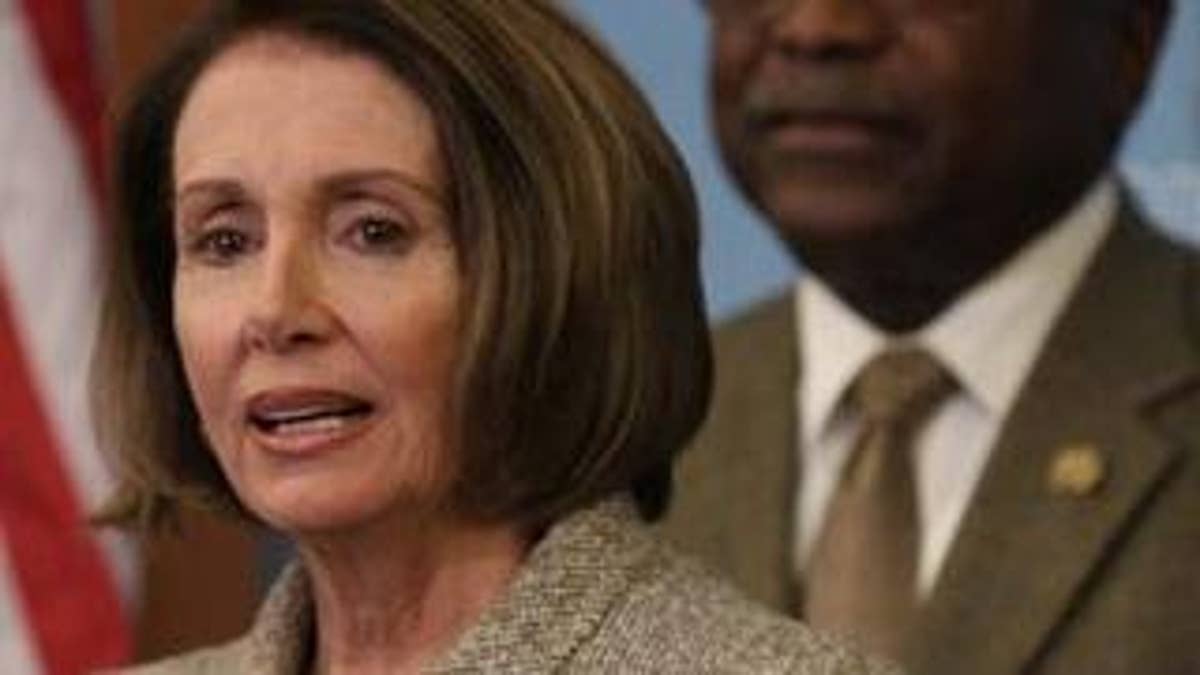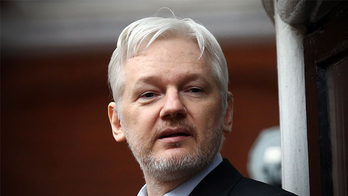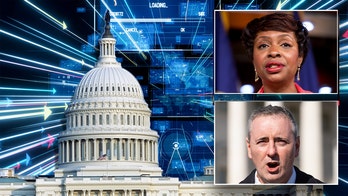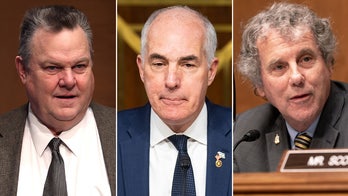
With 350 employees covered under his auto dealership's health care plan, Burt Brenner said a government-run insurance plan might be too good to resist.
Brenner, the chief financial officer at Lindsay Automotive in Alexandria, Va., said that private premiums have been increasing for 10 years, even when claims don't warrant it, and a "very attractive" element of the public plan is that it could stop that "rollercoaster."
"We would consider a public plan to reduce premiums if the benefits of the plan were comparable to that of our private plan," he said.
So would millions of others -- according to estimates of the sweeping impact a government-run health plan could have.
Under the plan being pushed by House Speaker Nancy Pelosi, a government-run plan would provide nearly the same benefits as the other private plans in a new insurance exchange, but at a fraction of the cost.
This would make the public plan an attractive deal. But it could also lead to an exodus of customers from private insurance -- a scenario conservatives fear will be the first step toward a single-payer system where the government is the sole insurance provider. And that, they say, would inflict further damage on the expanding deficit.
There are concerns that such a robust public plan could increase the cost of the overall reform package and follow in the footsteps of other entitlement programs, like Medicare, deep in the deficit hole.
For better or worse, analysts who gauge these plans say the version Pelosi is pushing could draw millions away from private coverage.
"We'd be moving largely to a government-run program," said John Sheils, senior vice president for The Lewin Group, a health care consultant.
The Lewin Group has long predicted that a government-run plan would have a sweeping effect on where Americans get their coverage. But it found a stark difference between the plan offered in the House Energy and Commerce Committee version, which requires a public option to use "negotiated" payment rates just like private plans, and the kind of plan pushed by Pelosi, which would pay providers using Medicare rates.
Though it claims to be editorially independent, The Lewin Group is owned by UnitedHealth Group, leading some critics to question the reliability of its studies.
The new insurance exchange would be a standardized and regulated marketplace for public and private insurance plans.
Sheils estimates that, in the new exchange, the public plan premiums would remain about level with private plan premiums if the rates are "negotiated." Because of this, a Lewin study released in September said most of its "price advantage" would be eliminated. It estimated that fewer than 1 million people would leave private coverage and that total public plan enrollment would hit about 21 million.
However, Sheils said, a plan based on Medicare rates would be about 23 percent cheaper than private plans and would attract a surge of clients.
The Lewin Group estimated that 35 million people would leave private coverage and about as many would join the government-run plan if it is open only to individuals and small firms. If it's open to all firms, the projected number of people leaving private coverage leaps to 83 million, with 103 million joining the public program.
Any public plan is likely to be limited to small firms, though according to an Aug. 31 Congressional Research Service report, a commissioner could allow larger employers to participate years down the road.
But even the scaled-back version of a Medicare-based plan could be enormously popular.
The health care legislation requires that a number of benefits be provided in all plans, public and private, in the exchange. This includes hospitalization, maternity care, prescription drugs, preventive care, and other benefits. The exchange would offer a few different tiers of coverage, but all those tiers would provide for the same benefits -- the main difference would be in the out-of-pocket expenses assumed by the patient for different services.
Lewin estimated that starting in 2011 the basic plan would cost $297 per member per month under private coverage. Sheils put that at about $229 for the Medicare-based public plan. Conservatives see this disparity as a warning sign.
"Medicare rates are artificially cheap. ... The public plan will underbid private plans with regard to enrollment," said Robert Moffit, director of the Center for Health Policy Studies at the conservative Heritage Foundation.
"No matter what you call it, such a provision will lead to a government takeover of health care, which the American people strongly oppose," Michael Steel, spokesman for House Minority Leader John Boehner, wrote in an e-mail to Foxnews.com.
President Obama and congressional Democrats have long rejected this claim and say customers will just have more affordable choices under the overhaul.
"If you like what you have, you can keep it," Pelosi said Thursday.
Pelosi reportedly does not yet have the votes to pass the "robust" version of the public option she wants. Other versions of a government-run plan are also being tossed about, including one that would "trigger" the plan down the road if certain conditions are not met.
Gauging the impact of the competing plans is difficult. The Congressional Budget Office came up with more modest figures over the summer when it examined a plan to pay Medicare rates, plus 5 percent for physicians, under a public option - the exact idea being pushed by Pelosi and congressional allies.
The CBO found that premiums would probably be 10 percent cheaper than private plan premiums. And it estimated that enrollment would hit about 9 or 10 million.
Jennifer Tolbert, principal policy analyst at the Kaiser Family Foundation, said more people would certainly leave private coverage if a public plan based on Medicare rates is passed. But she questioned the suggestion that the plan would have an absolute advantage over private coverage.
"I think people base their coverage decisions not simply on cost," she said.
For one, people choose health insurance plans in part based on the network of providers they supply. And the CBO reported that, because health care providers would have the right to opt out of the public plan, "some" would choose not to participate because of the lower rates attached to the program.
But the CBO said a "substantial number" would join because of the prospect for "substantial enrollment."




